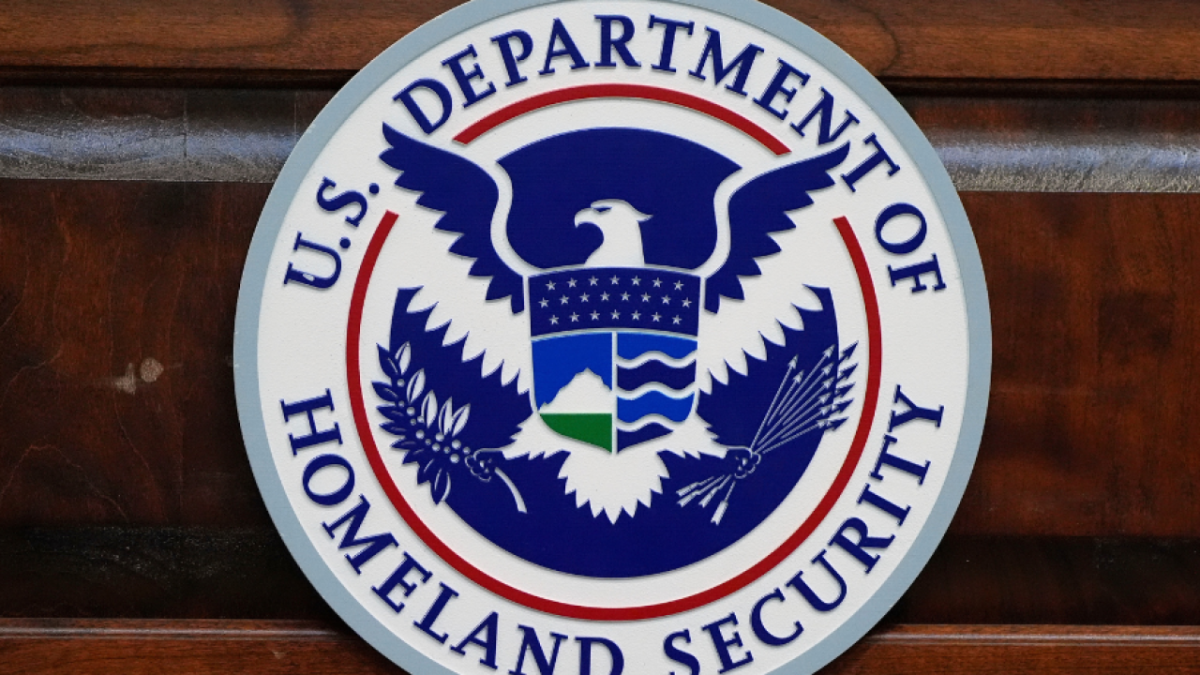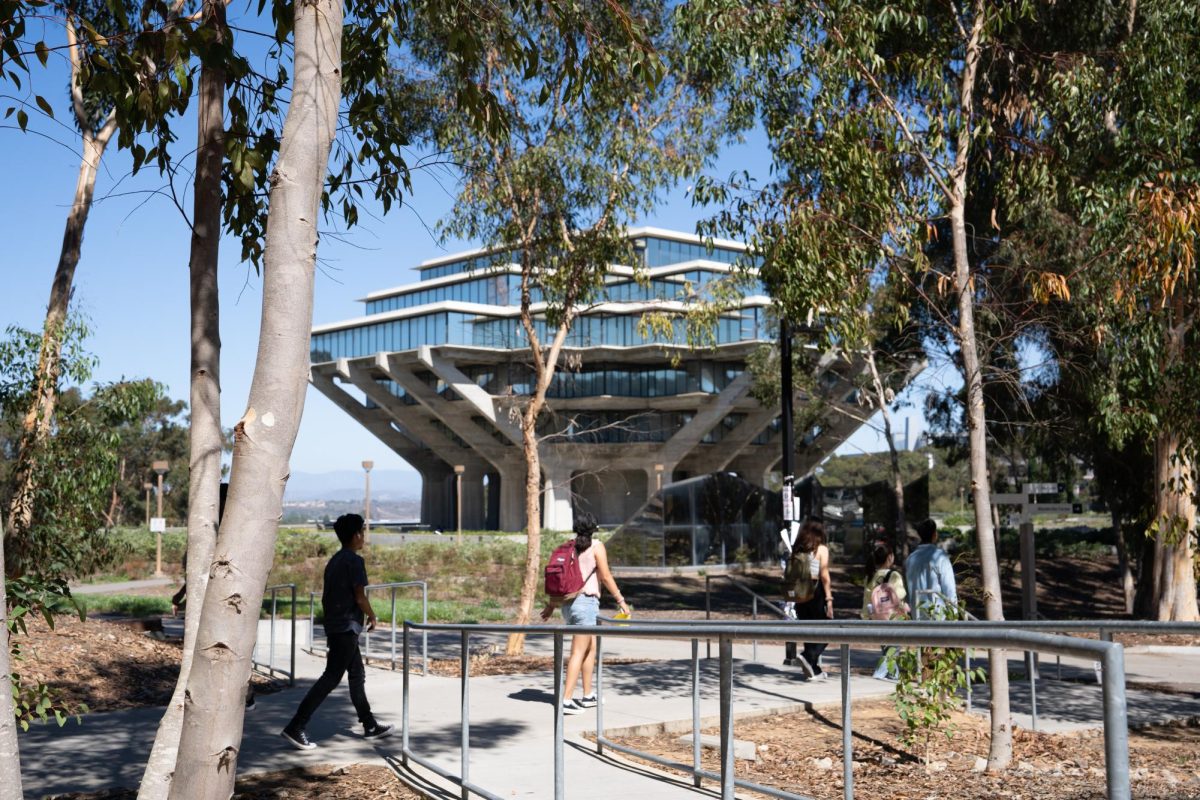In response to the anthrax infections that have been spread through U.S. mail in recent weeks, concerned citizens gathered at the Copley International Conference Center at UCSD’s Center for U.S.-Mexican Studies for a bioterrorism forum Nov. 7.
UCSD Healthcare and the Helen Edison Lecture Series sponsored the event to explain the physical and emotional issues associated with bioterrorism. The main focus of the meeting was educating and reassuring the public about anthrax.
“”We need to keep the panic down,”” said Supervisor Special Agent John Sylvester of the FBI counter terrorism squad. “”An improperly handled threat is worse than the threat itself.””
“”Bioterrorism: Responding to the Health Concerns of Our Community”” featured an array of expert speakers, including Sylvester, UCSD Emergency Medicine and Medical Director Jim Dunford, UCSD Emergency Medicine and Disaster Preparedness officer Jake Jacoby, professor of psychiatry Saul Levine, and UCSD Director of Epidemiology and Infection Control Leland Rickman.
Suzanne Rico, a reporter and anchor for NBC, introduced the speakers and moderated questions. There was an open question-and-answer session at the end of the five presentations.
Rickman defined bioterrorism as “”the intentional use of micro-organisms or toxins to produce death or disease in humans, animals or plants.””
He said that bioterrorism is nothing new and that poisoned water supplies and decaying human or animal bodies are historical forms of it.
“”What is new are the microbacterial diseases,”” Rickman said.
Dunford supported Rickman’s statements.
“”The idea of contagens is something we’ve dealt with for a long time,”” he said.
Dunford compared anthrax infection to other well-known, contagious diseases such as the flu.
Some in attendance, including members of the medical community, approved of the conference.
“”I thought that the meeting was very interesting,”” said Carlsbad resident Carol Matthews. “”There was a lot of information presented that I was not aware of.””
Symptoms of inhalation ahthrax appear within one to seven days of exposure and antibiotics have the best chance of saving a life if administered immediately. A two-day supply of antibiotics for 830,000 people could be delivered within 12 hours.
Panelists did not discuss how long it would take to distribute doses of medication to the about 3 million people who live in the San Diego area. This led other epidemiologists in the audience to comment afterward that the government should rethink its strategy.
“”The information presented was misleading,”” said one epidemiologist present who declined to be named. “”Even with a 60 percent survival rate, there is a 40 percent death rate.””
Despite the threat of biochemical warfare and the backdrop of a war in Afghanistan, Levine said people have never felt closer to one another — that in the face of hardship, citizens unite and support each other.
“”Lately, there has been a sense of commonality; that we belong to each other,”” Levine said. “”We are in this together.””







